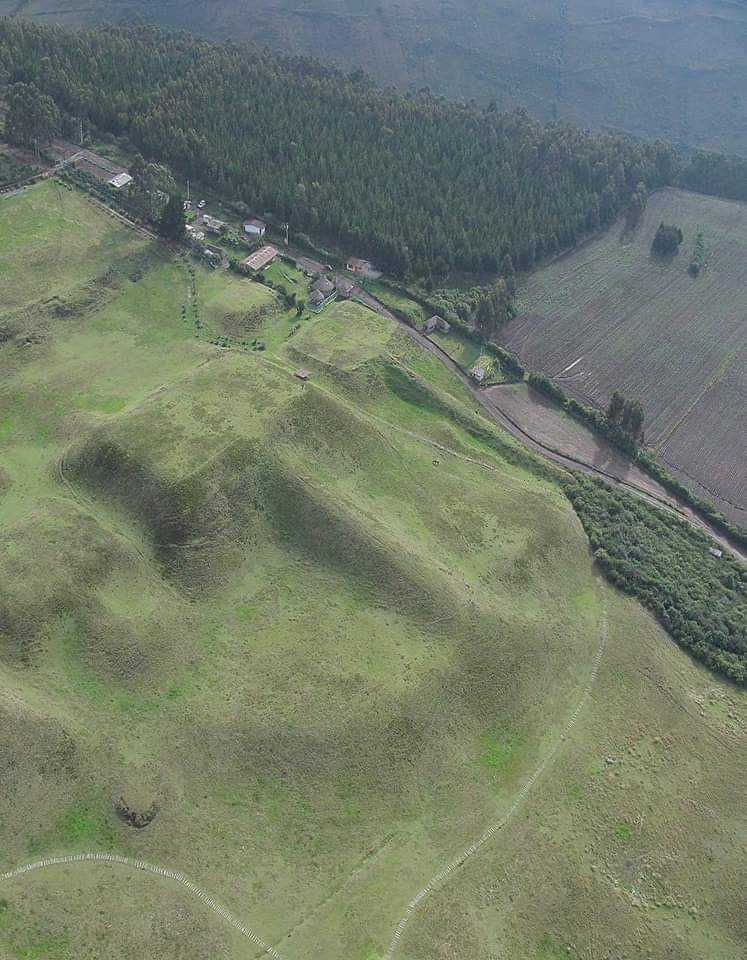The Pyramids of Cochasquí, located in the Pichincha Province of Ecuador, are a captivating testament to the advanced civilization of the pre-Incan Quitu-Cara culture. This archaeological site, perched high in the Andean mountains, is home to 15 pyramids and 21 burial mounds, offering a fascinating glimpse into the past.
Quitu-Cara culture
The Quitu-Cara culture was an ancient group of people that inhabited the area around present-day Quito, Ecuador. Flourishing between 800 to 1500 AD, they left a significant mark on the Andean region. This pre-Incan civilization showed advanced knowledge in many areas. Their understanding of astronomy and seasons helped them in agriculture. They built extensive trade networks that spanned diverse ecological zones, allowing the exchange of goods with far-away cultures. The Quitu-Caras were also skilled in crafting ceramics, textiles, and intricate metalwork, leaving behind artifacts that offer insights into their complex society.
One of the Quitu-Cara culture’s most remarkable achievements was their system of connecting paths known as “culuncos.” These paths played a key role in transportation and communication across the rugged Andean terrain. The Quitu-Cara people had a deep connection with their environment. They left behind earthen mounds and ceremonial sites that aligned with solar and lunar events. With the arrival of the Incas, the Quitu-Cara culture underwent significant changes but continued to influence the region’s evolving cultural mosaic. Today, the Quitu-Cara legacy lives on through the people of Ecuador who continue to celebrate and preserve this indigenous heritage.

